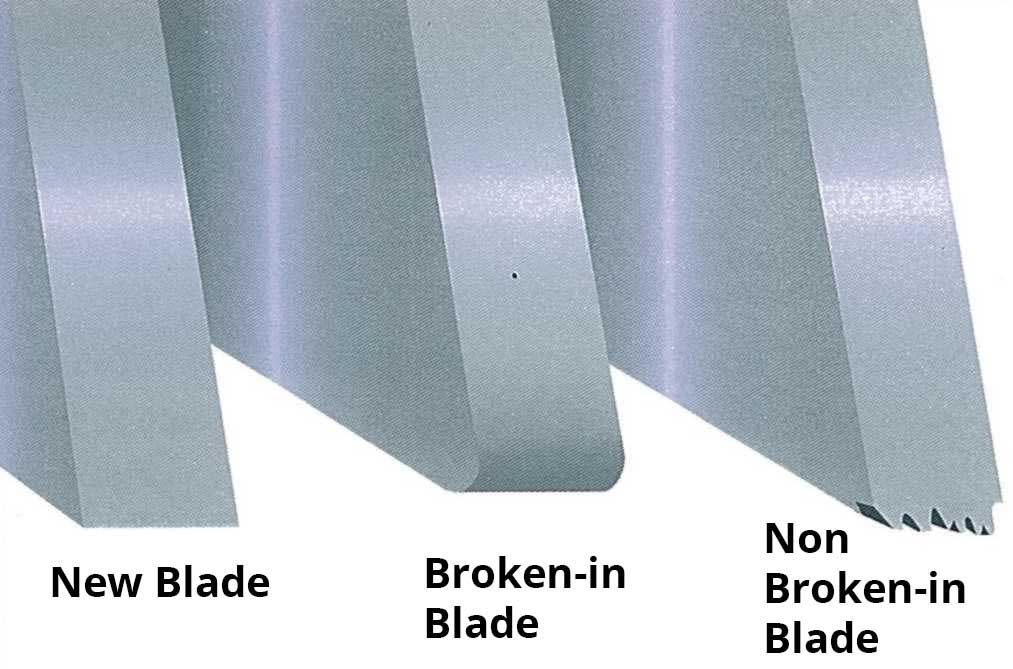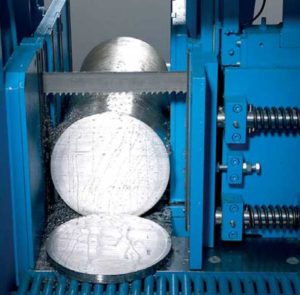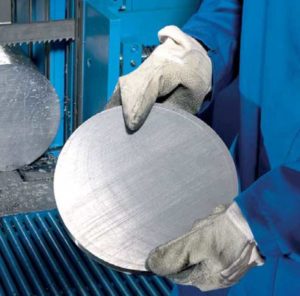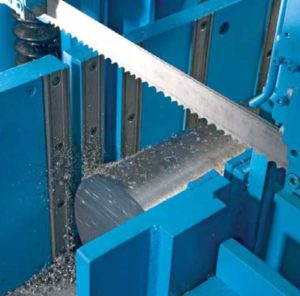Every pollution produced by metal working processes and their lubrication is a variable mix of solids and pollutants having different sizes, densities and weights (dusts, aerosols, fumes and odours).
To efficiently make air filtration, means to approach any pollutant using the right media, capable to retain the most dangerous particles. So, to make good filtration, primarily means to catch the pollutants by effective retention, not only through centrifugation or coalescing process.
Big particles can be caught by coalescence or through coarse filtration; therefore the more the particles size is small, the highest must be the efficiency of the filter media, especially because these particles can easily reach sensitive human organs, causing diseases.
That’s why MICRONFILTER takes incredibly care of the filtration media utilized, providing its mist collector ONLY with certified filters. Our mist collectors are allowed to be used even if no final HEPA filters are installed, because our inner cartridges are certified by Independent Institutions (IFA BGIA class “M” certified efficiency 98%). .
MICRONFILTER takes care not only of the air you breath inside working places, but also of the ENVIRONMENT.
Our mist collector units fit a highly engineered, resistant but light fan, capable of providing excellent throughput using much less energy than competitors (averagely 50% less). For any extra kWh used in your factory, half kilogram of CO2 is released in the atmosphere. If just one machine tool, working 3 shafts 7/7 days, was fitted by KUBE unit, instead of some competitor brands, up to 2.000 euro could be saved in money and 1 Ton of CO2 wouldn’t be delivered in the sky.
Exposure to aerosols and mists of neat oils
The analysis of mineral/synthetic oils used for cutting, cooling and lubricating (water chemicals, cutting fluids, neat oils) shows the presence of various additives and preservatives, some of which are classified with the risk rate R40: Possibility of irreversible effects.. Disorders or diseases are related mainly to the following target apparatus: cutaneous, respiratory, hepatic and renal. Regarding exclusively the oils containing PAHs (polycyclic aromatic hydrocarbons), the literature reports the possibility of cancer, with specific reference affection to the skin and respiratory tract. The oils without any PAHs, though much less dangerous, also have the potential to cause diseases including Additionally, the oil mist not removed from the air, due to the gravity, is going to deposit itself on walking surfaces, machine tools, and electronic control devices, creating extremely dangerous conditions for walking and for the use of the tool itself.
Walk in oil polluted areas
The oil mist not removed from the air, due to the gravity, is going to deposit itself on walking surfaces, machine tools, electronic control devices, and any other exposed tool and equipment, creating extremely dangerous conditions for walking and for the use of the tool itself. The adoption of systems of retention at source (mist and dust collectors) prevents this phenomenon, keeping the work premises in optimal conditions and reducing significantly the risks associated with accidents due to slipping, insecure grip objects and similar issues.
About OIL MISTS
Have you ever wondered what is the cost you pay in health and money not taking care of working places pollution? Professional illnesses, accidents at work, low productivity, absences due to disease, are just some of the costs that your Company, yourself and those who works for you, have to endure if you do not face the problem of oil mist pollution in your workplace.The quality of the air you daily breath when at work, is important as you think!
Occupational dermatoses are the second pathology observed in the workplace after hearing loss due to noise and this represents a state of highly disabling disease, the latter being caused by poor air maintenance.
In addition, mineral oils contain potentially carcinogenic substances, which can cause irreversible effects on the respiratory system. For this purpose, excellent air filtration is important to minimize these conditions.
Dont forget COOLANT RECYCLING
The same principles on which we based the project of air filtration units, have inspired our production of coolant filters: take care of the environment, protect workers’ health, reduce pollution and energy waste.
To efficiently use mineral/synthetic oils and their derivates, means primarily TO REDUCE THEIR CONSUMPTION. The better coolants are filtered during the metal working process, the longer will be their life.
Therefore, it is recommended that these substances be filtered directly during metalworking without having to stop production.
Here is an example;
1156 Kg of CO2 are generated for producing 10 Kg of synthetic oil. 1 Kg of synthetic oil released in the ambient can contaminate 1.000.000 liters of pure water.
To filter machine tool coolants and lubricants, regenerating them by proper depuration, is actually the sole way we have for making sustainable their use. ALSO IN THIS CASE YOU WILL SAVE NOT ONLY MONEY.



